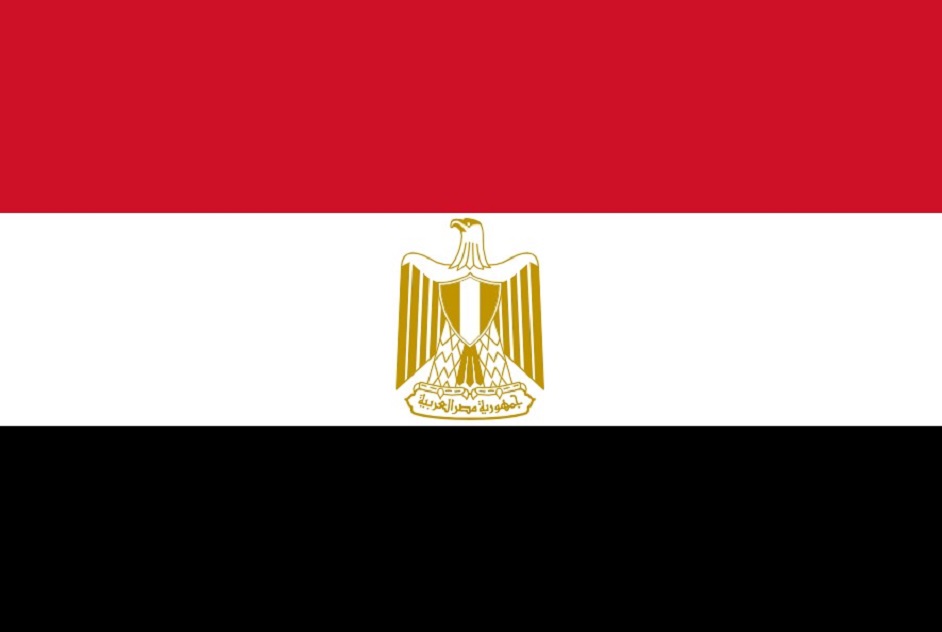Saudi Visa on Arrival and Saudi Visa for Makkah Pilgrimage: A Comprehensive Guide

Strong 8k brings an ultra-HD IPTV experience to your living room and your pocket.
Saudi Arabia has significantly opened its doors to tourists in recent years, offering various visa options to cater to diverse travel purposes. Among the most pertinent for potential visitors are the Visa on Arrival (VOA) and the specialized visas for performing the sacred pilgrimage to Makkah. Understanding the eligibility criteria, application processes, and limitations of each visa type is crucial for a smooth and fulfilling travel experience.
Saudi Visa on Arrival (VOA): A Gateway to Exploration
The Saudi Visa on Arrival program is designed to attract tourists and business travelers from eligible countries. Launched in 2019, this initiative aims to simplify the entry process and boost the Kingdom's tourism sector.
Eligibility:
Currently, VOA eligibility extends to citizens from a list of countries frequently updated by the Saudi government. It is imperative to check the most recent list on the official website of the Ministry of Foreign Affairs or the Visit Saudi Arabia website before planning your trip. Generally, this includes countries from North America, Europe, Asia, and Oceania. In addition to nationality, applicants must also hold a valid visa from the United States, the United Kingdom, or a Schengen country, which has been used at least once for entry to that country.
Application Process and Requirements:
Upon arrival at designated Saudi Arabian airports (including major international hubs like King Khalid International Airport in Riyadh and King Abdulaziz International Airport in Jeddah), eligible travelers can proceed to the VOA counters. The required documents typically include:
• Valid Passport: With at least six months validity remaining.
• Valid Visa: From the US, UK, or Schengen area.
• Proof of Entry: Evidence of having used the US, UK, or Schengen visa at least once.
• Return Ticket: Demonstrating intent to depart Saudi Arabia after the approved stay.
• Proof of Accommodation: Such as hotel booking confirmations.
• Travel Insurance: Covering medical emergencies during your stay.
• Visa Fee: Payable in Saudi Riyals, usually by credit card.
Validity and Limitations:
The VOA typically allows for a stay of up to 90 days within a 12-month period. It is a multi-entry visa, granting flexibility for multiple visits. However, a crucial limitation is that the VOA cannot be used for performing Hajj. It also comes with restrictions on activities like employment and engaging in commercial activities. The primary purpose of the VOA is tourism, leisure, and business travel.
Saudi Visa for Makkah Pilgrimage (Hajj and Umrah): A Spiritual Journey
The Hajj and Umrah visas are specifically designed for Muslims intending to perform the pilgrimage to Makkah. These visas are distinct from the VOA and require a different application process.
Types of Pilgrimage Visas:
• Hajj Visa: This visa is for performing the annual Hajj pilgrimage, which takes place during Dhul Hijjah, the last month of the Islamic calendar. The number of Hajj visas issued to each country is determined by quota allocations.
• Umrah Visa: This visa allows Muslims to perform the Umrah pilgrimage, which can be undertaken at any time of the year except during the Hajj season.
Application Process and Requirements:
Applying for a Hajj or Umrah visa must be done through authorized travel agencies approved by the Saudi Ministry of Hajj and Umrah. These agencies act as intermediaries and handle the visa application on behalf of the pilgrims. The process generally involves:
• Selecting an Authorized Agency: Choose a reputable agency with a proven track record.
• Package Selection: Select a pre-arranged package that includes flights, accommodation, transportation, and other services.
• Document Submission: Providing required documents to the agency, including passport copies, photographs, proof of vaccination (especially for meningitis), and marriage certificate (if traveling with a spouse).
• Visa Fee Payment: Pay the visa fee and the cost of the chosen package.
• Biometric Data Collection: Some applicants may be required to provide biometric data.
Validity and Limitations:
Hajj and Umrah visas are usually valid for a specific period outlined in the chosen travel package. These visas are strictly for performing pilgrimage rituals in Makkah and Medina and are not intended for other purposes. Overstaying the visa or violating its terms can result in penalties and deportation.
Conclusion:
Choosing the appropriate visa for your visit to Saudi Arabia is paramount. The Visa on Arrival offers a convenient option for tourism and business, provided you meet the eligibility requirements. However, if your intention is to perform the sacred pilgrimage to Makkah, the Hajj or Umrah visa, obtained through authorized agencies, is the only permissible route. Thoroughly researching and understanding the requirements for each visa type will ensure a smooth and spiritually enriching experience in the Kingdom.
Note: IndiBlogHub features both user-submitted and editorial content. We do not verify third-party contributions. Read our Disclaimer and Privacy Policyfor details.





